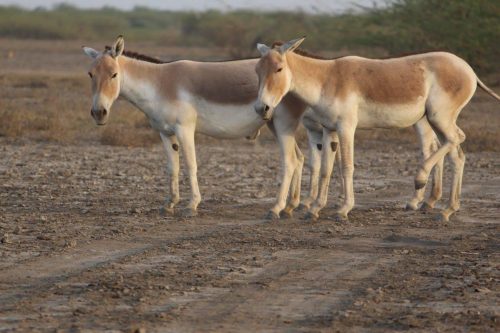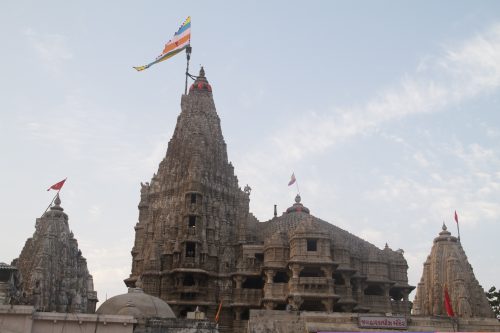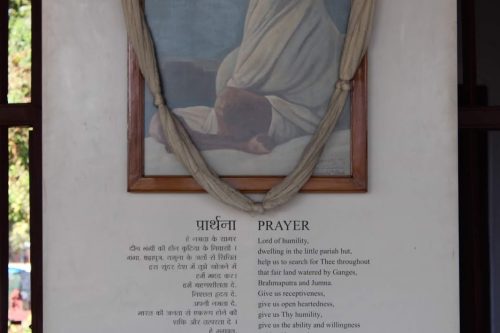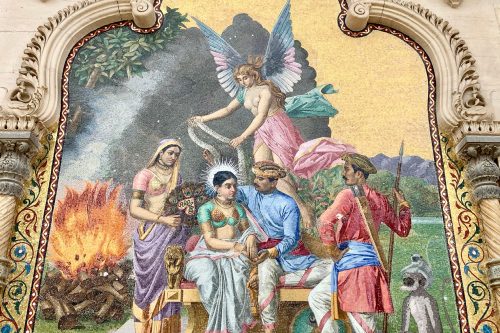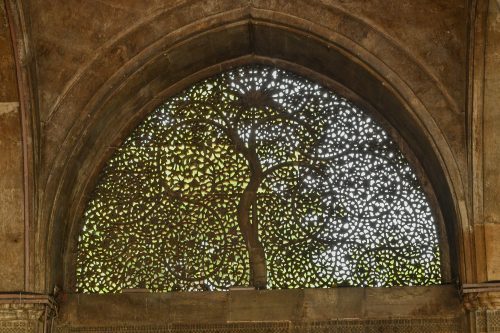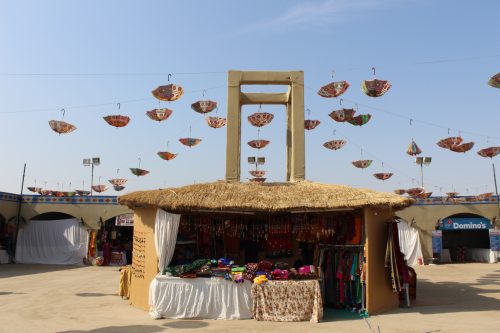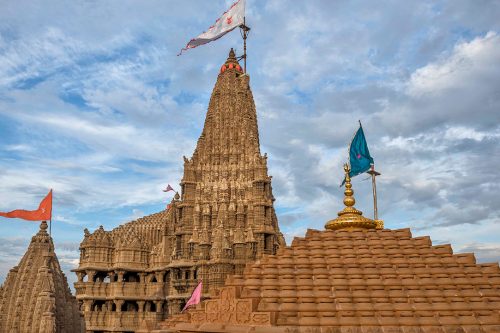Situated 8 km from Ahmedabad is Sarkhej Roza, an ensemble of a mosque, tombs, water tank and palaces. This place’s historical heritage structures and aura will leave you enchanted long after you have left its premises. It was a hub of Sufi mysticism and where the Sufi saint Shaikh Ahmed Kattu Ganj Baksh lived. A Sufi saint of great spiritual knowledge and wisdom, he was an advisor to Ahmed Shah. It was at his insistence that Ahmed Shah built his capital on the banks of the Sabarmati River.
The Sufi saint died at the ripe old age of 111, and Ahmed Shah’s son built a mausoleum in his memory and a mosque. Sultan Mahmud Begada loved the place, a summer capital and added a small mosque, mausoleum and palaces along with the water tank. It was spread over 72 acres and comprised of these structures and gardens of flowering plants and fruit trees. It was an epicentre of a royal abode comprising palaces, pavilions and water tanks that witnessed social gatherings of families, religious events, and spiritual discourses.
After visiting the Thol Bird Sanctuary, Rafiq and I head to the Sarkhej Roza with my artist friend Dipali who, although an Ahmedabad resident, is exploring it for the first time with us. As we reach the complex, the first few things to grab our attention are the signage with the name of the Sufi Saint. The semi-circular windows to the monument have stone grills with neat squares having myriad geometrical and floral patterns. A similar design is visible at the Sidi Syed Mosque in the heart of Ahmedabad.
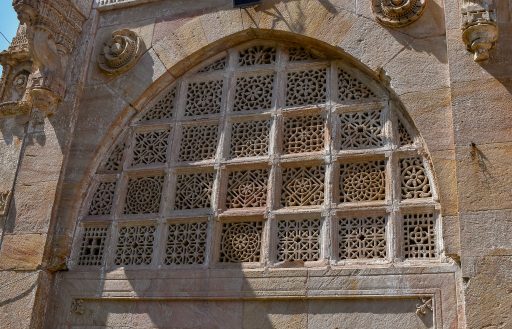
The Pavilion and Open Courtyard
The complex has a courtyard, in the centre of which is a square Baradari or pavilion with nine domes on its top held by 16 pillars. Children are playing here as their mothers keep a watch.
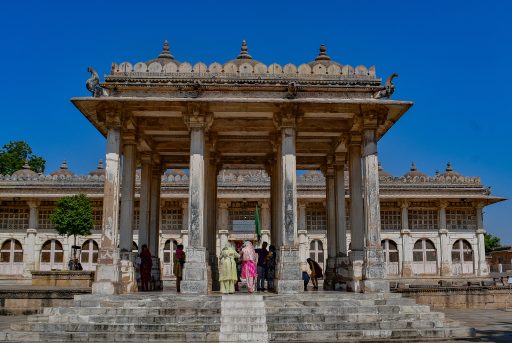
Mausoleum of Kings and Queens
On one side of the pavilion are the mausoleums of the kings and queens. On the opposite side is the mausoleum of Ganj Baksh, the Sufi saint. The tombs of three generations of kings, Sultan Mahmud Begada, his son and his grandson, are in the King’s mausoleum. Women are not allowed to enter the inner chamber of the mausoleum with the tombs. However, they are free to explore the corridors around them. The latticework of the windows in the mausoleum is simply outstanding. The dance of light and darkness as the sun’s rays trickle through the stone latticework is ethereal. The fusion of Persian, Hindu and Jain architectural styles is evident in the carvings across the monument. We can see the water tank from the gaps in the jhalis.
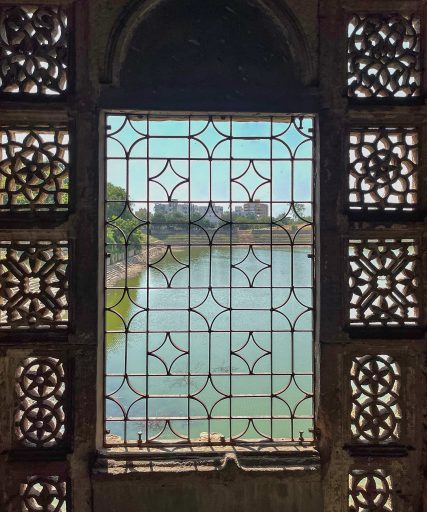
A flight of stairs towards the water tank separates the Mausoleum of the Kings and Queens. The Queen’s mausoleum is now converted into a library and an office with large posters giving details of the monuments in the complex.
Mausoleum of Ahmed Sheikh Ganj Baksh Khattu
On the other side of the pavilion is the mausoleum of the Sufi Saint Ahmed Sheikh Ganj Baksh Khattu. It is the largest mausoleum in Gujarat, and here too, the jhali stone lattice work in geometrical patterns is evident on the façade. The locals offer prayers here and seek divine intervention for their wishes. The faithful are engrossed in worship; some offer floral chaddars and light incense sticks.
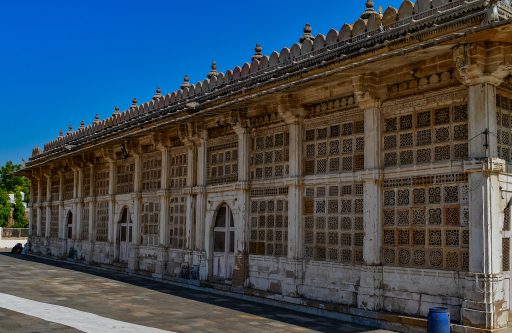
Mosque:
Beyond the Mausoleum of Ganj Baksh is a courtyard with a mosque. The central courtyard has a mosque on one side and cloisters on the remaining three sides. This Mosque has no minarets, unlike what one sees in most mosques. The minarets were a feature of Islamic architecture, which came much later during the time of the Mughals. The Indo-Saracenic architectural style evident at Sarkhej Roza was a precursor to the later Islamic architecture patronised by the Mughals. A balcony or Jharokha looks out into the water tank on the south side. It is a great spot to click pics. Dipali is in her elements, even faking poses to appear candid in pics which Rafiq is capturing.
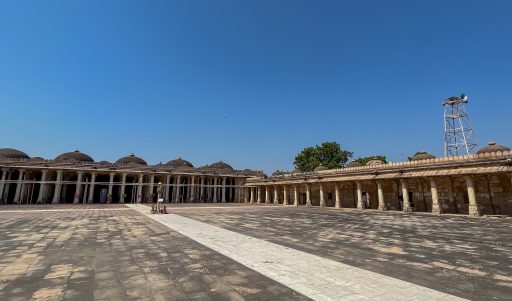
Water Tank
The Water tank is south of the Mosque and the King’s and Queen’s Mausoleum. An island is in the centre with a few trees. We could see the King and Queen’s Palace across it. The faithful performed ablutions at the tank and then entered the Mosque to offer prayers. They believed that if they took a bath in the tank, they would be assured entry into paradise.
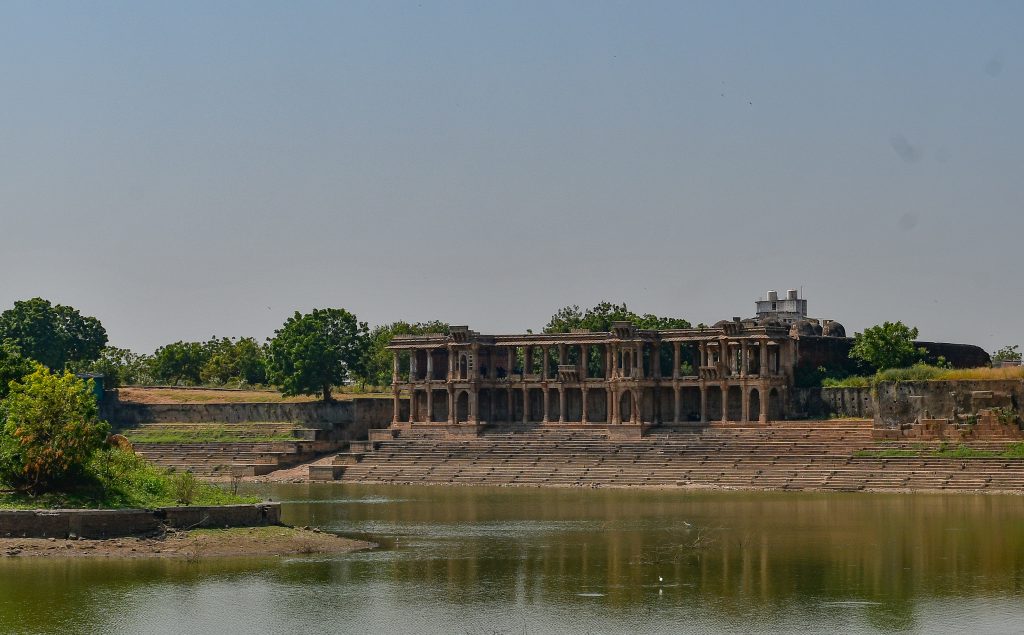
King’s Palace
One must exit the Sarkhej Roza complex and either walk or drive down to explore the King and Queen’s pavilion. We decide to drink some cold water and ice cream since it is sweltering and our throats are dry. We then drive down to explore the royal palaces.
The King’s palace is bare, only the roof and columns protecting it remain. Some jharokhas or balconies overlook the water tank; from here, one gets an excellent view of the Queen’s palace. An arched pathway below the palace slopes towards the water tank. Steps lead you to the water tank.
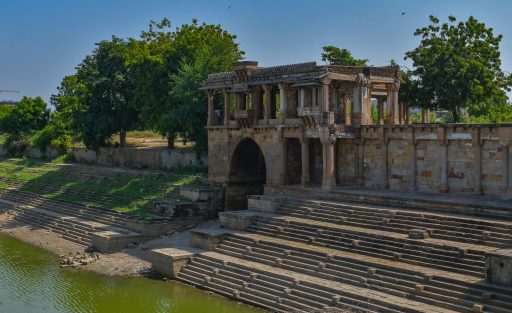
Queen’s Palace
The moment we see the Queen’s palace, we feel we have seen something like this earlier. It reminded us of the Pantheon in Rome. The columns of the galleries of the Queen’s Palace and the Pantheon in Rome bear a resemblance. Our research showed us that the Queen’s Palace was compared to the Acropolis of Athens too by 20th-century architect Le Corbusier. Hence Sarkhej Roza has also been described as the ‘Acropolis of Ahmedabad.’ Behind the Queen’s Palace are some tombs. In front is the water tank. We can see three circular structures in the tank wall on the opposite side. They are the outlets of the tank.
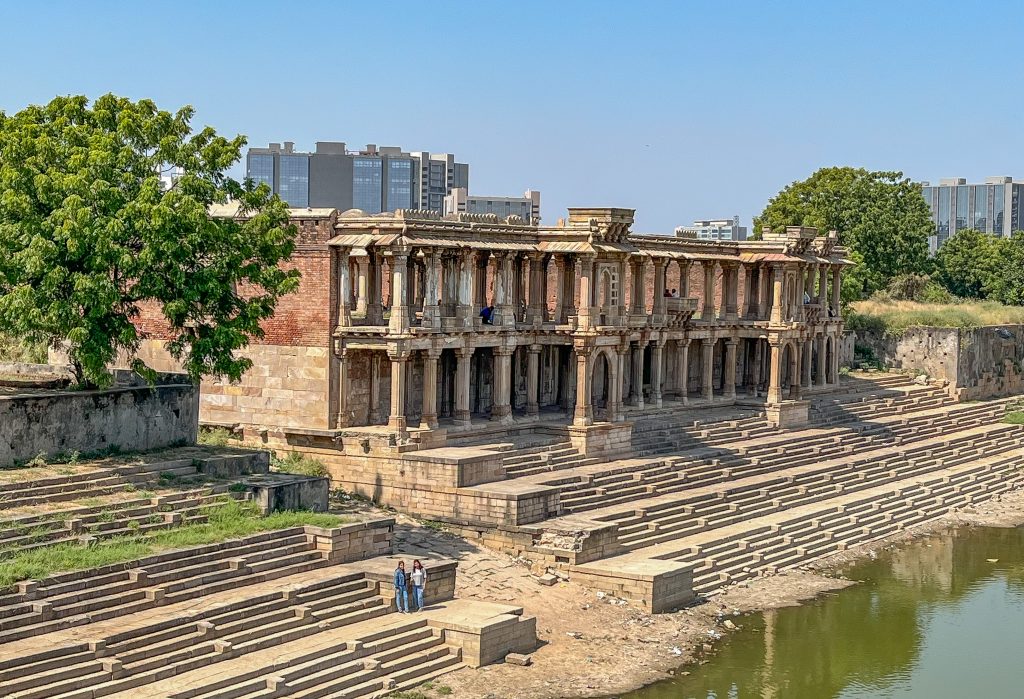
Our trip to Sarkhej Roza was enthralling and more impressive than expected. The complex, with its Indo-Saracenic architecture, especially the lattice stonework, the symmetry and geometrical patterns, and the water tank with the palaces, were remarkable.
| Getting There:
Nearest Airport: Ahmedabad is the nearest airport, or the other option is Vadodara. After landing there, you will have to drive down to Sarkhej. Distance: Ahmedabad to Sarkhej Roza 8 km Timings of Sarkhej Roza: It is open all seven days of the week from 9:00 am to 6:00 pm Fees: No entry fee. Gujarat Trails helped us plan this trip to Sarkhej Roza. |


